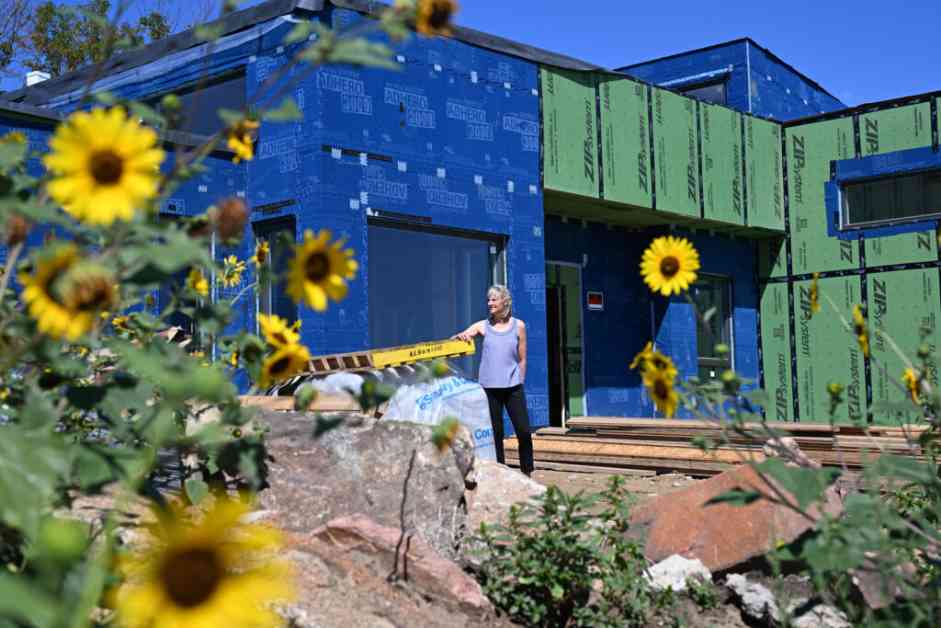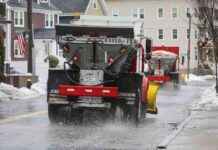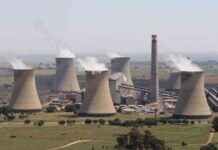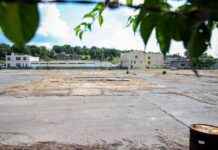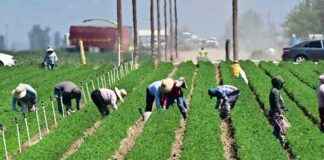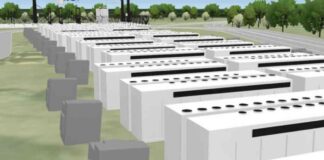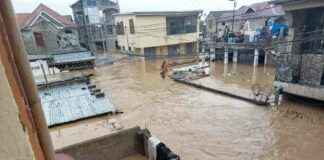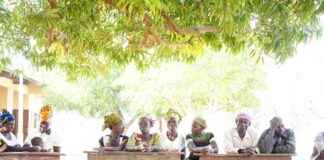Rebuilding After Wildfires: Overcoming Challenges to Create Resilient Homes
After Colorado’s devastating wildfire in Louisville, residents faced a tough decision: rebuild their homes to new, green standards despite the added costs and time, or revert to older codes to make the rebuilding process easier. This dilemma sparked protests and controversy, highlighting the complexities of post-disaster recovery efforts.
The Cost of Resilience
In the wake of the fire, many residents found themselves underinsured or uninsured, receiving far less than needed to cover the cost of rebuilding. The new energy standards imposed by the city further compounded the financial burden, with estimates suggesting an additional $100,000 per home. This left homeowners grappling with the dilemma of balancing sustainability with affordability in the midst of a traumatic loss.
Community Outreach and Engagement
Despite the initial pushback, local government staff and leaders worked tirelessly to educate homeowners on the true costs of meeting the new energy standards. Through community outreach, frequent communication, and the offer of rebates and funding, they managed to convince a significant number of residents to rebuild to the higher standard. This process highlighted the importance of engaging with the community and providing clear information to dispel misconceptions.
Lessons Learned and Moving Forward
The experience in Louisville and neighboring towns serves as a valuable lesson in disaster recovery and resilience-building. The delicate balance between speed and deliberation in rebuilding efforts underscores the challenges faced by communities striving to bounce back after a disaster. Finding ways to incentivize sustainability, provide financial support, and offer clear guidance to homeowners are crucial steps in creating resilient communities prepared for future natural disasters.
As we witness the aftermath of wildfires in Los Angeles, the parallels to the challenges faced by Colorado communities are evident. The path to rebuilding is fraught with obstacles, but with proactive measures, community engagement, and a focus on long-term sustainability, it is possible to emerge stronger and more prepared for the future.
It’s stories like these that remind us of the resilience and determination of communities in the face of adversity. The journey to rebuild after a disaster is never easy, but with the right support and guidance, it is possible to create a better, more sustainable future for all.

